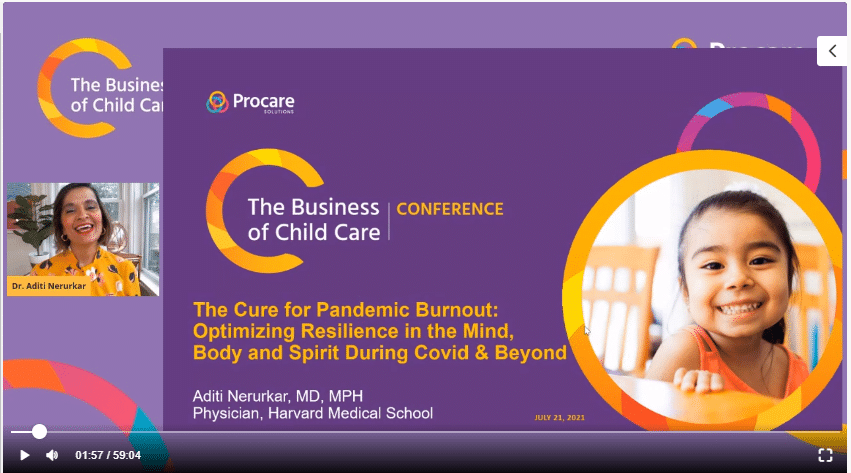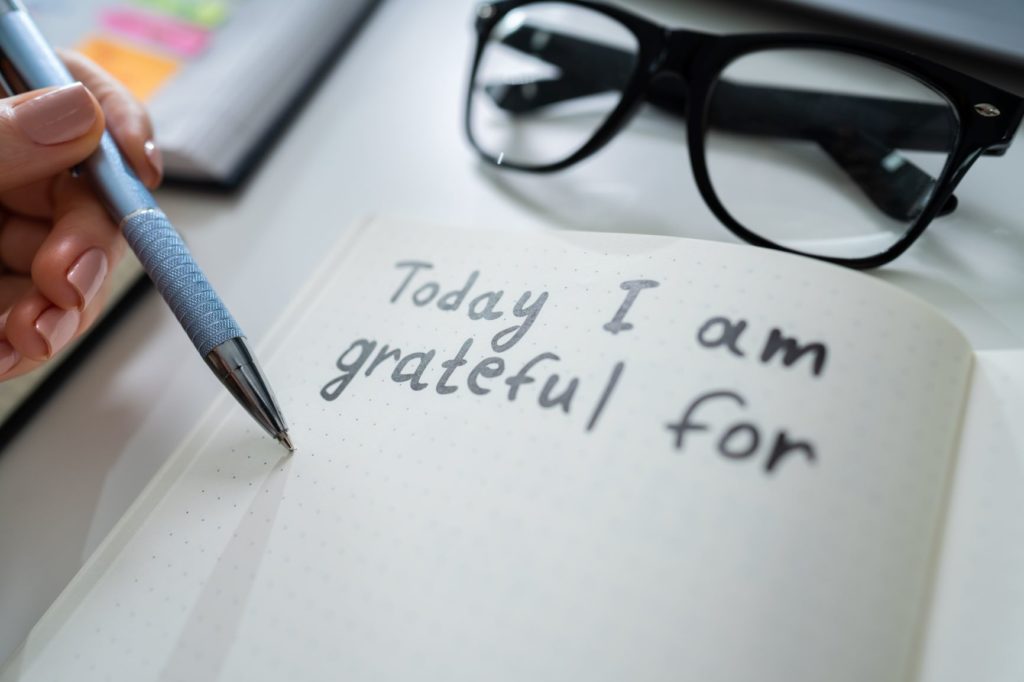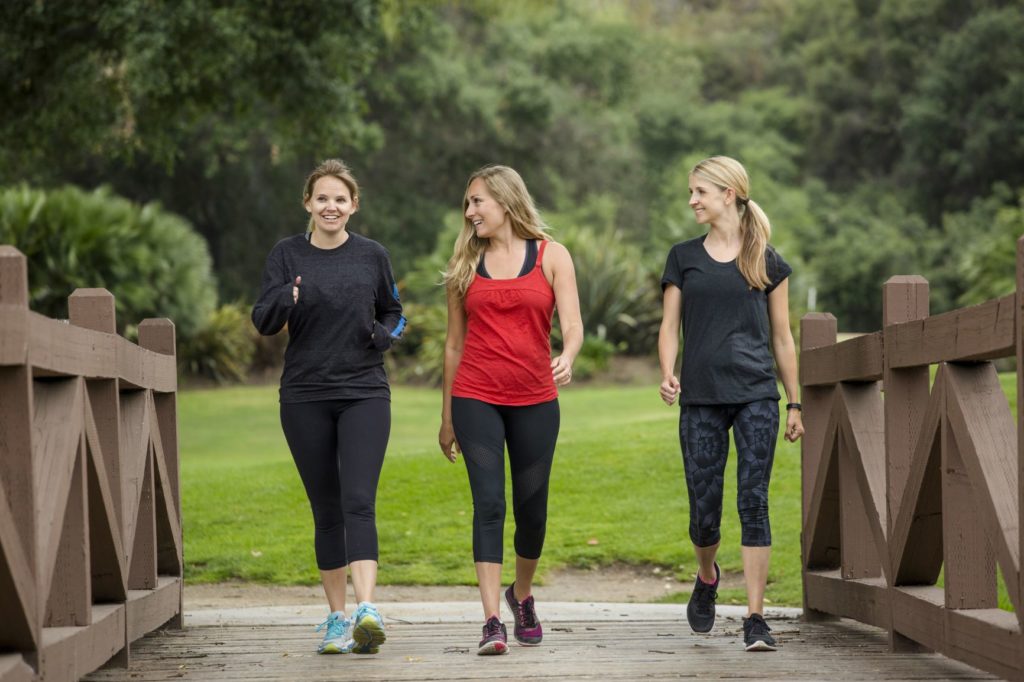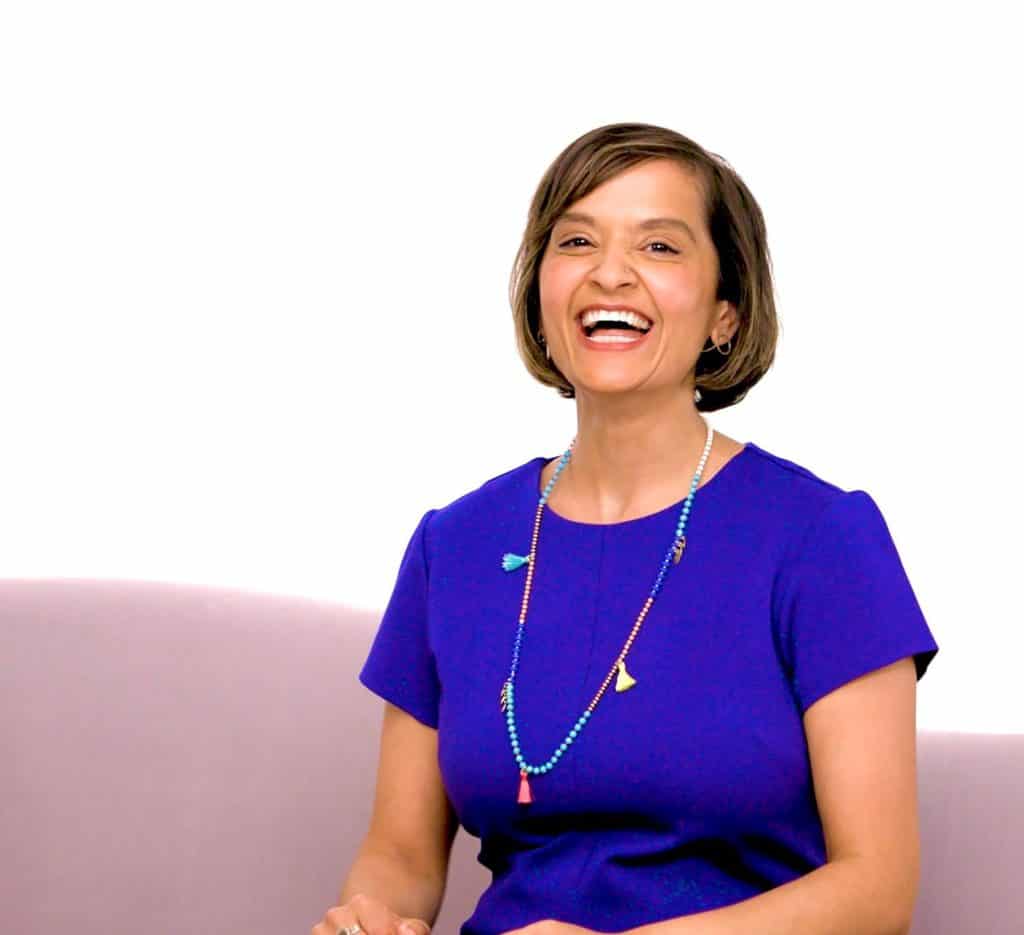
Over the last 18 months, we have weathered the biggest storm of our lives with the COVID-19 pandemic.
And that storm especially has been rough for those in the child care industry, creating stress, worry and burnout.
At Procare Solution’s The Business of Child Care Conference on July 21, keynote speaker Dr. Aditi Nerurkar told attendees that we can’t manage the weather — but she gave some strategies that she compared to wearing a raincoat to get through this tumultuous time.
Dr. Nerurkar is a Harvard physician, speaker and correspondent with an expertise in the science of stress, resilience, burnout and mental health during the COVID-19 pandemic and beyond.
She is on the faculty at Harvard Medical School in the Division of Global Health and Social Medicine and serves as the co-director of the Harvard Clinical Clerkship in Community Engagement. Prior to that, she worked in global public health in Geneva, Switzerland, with a World Health Organization collaborating center.
And she’s a mother with a deep appreciation for those who work in child care.
She explained why the pandemic left so many of us feeling stressed out and drained and described it as an occupational health crisis.
“We were prepared for a pandemic sprint, but it’s a marathon,” she said. “And that is a cognitive leap we were not prepared to make.”
But there’s good news — pandemic burnout is reversible by understanding the connection between mind and body, Dr. Nerurkar said. The brain and the body are linked, so what is good for the brain is good for the body and vice versa.
And as for the conventional wisdom we’ve been taught that says if you’re burned out, then you must be weak? Not true at all, she said.
Let’s take a look at some tips she offered to help deal with stress and become resilient.
Two Changes At a Time
When thinking of how our brains respond to change, think of the rule of two. Change is a stressor and our brains only can incorporate two new changes at a time if we want those changes to be sustainable, she said.
Any more than two changes at a time, and our systems become overloaded.
For instance, she said many people made too many goals as the pandemic began, such as vowing to lose 20 pounds or write a book.
As the pandemic dragged on, it became difficult to even manage a daily shower and putting on clean clothes.
The point, Dr. Nerurkar said, is that we can’t sustain huge lifestyle changes in times of stress.
Instead, focus on making two small changes over time.
A Prescription To Optimize Our Minds

She described two changes that can help us mentally rebound.
The first is to alter our media diet. She said this is the antidote to doom scrolling. Pandemics create a scarcity mindset in which we feel unsafe and unsupported.
It’s a very negative feedback loop we can’t stop, she said.
She suggested setting time limits on media consumption — 20 minutes, twice a day. She said to use a timer and that around 10 a.m. and 6 or 7 p.m. (making sure it’s a few hours before bedtime) would be good times to catch up on the news to stay informed.
She also said to set geographical limits on your phone, keeping it 10 feet away from your workstation, and to opt out of breaking news alerts and push notifications.
The second part of her prescription is to reap the benefits of gratitude.
“Negative experiences become sticky in the brain like velcro,” Dr. Nerurkar said.
She suggested taking one minute a day to write down five things you’re grateful for, and why you’re grateful for them.
Gratitude is proven to improve resilience and mood, as well as decrease burnout.
A Prescription to Optimize Our Bodies

The first part is using sleep as therapy, Dr. Nerurkar said. Our brains help process difficult emotions during sleep. Aim for a 10 p.m. bedtime and minimize screen time two hours before bedtime. That includes using a tablet, TV, iPhone, laptop or anything that emits a blue light — a blue light can artificially activate the awake mechanism in our brain, which leads to sleep fragmentation.
Try a relaxing bedtime routine such as reading a novel, drinking herbal non-caffeinated tea, doing gentle yoga stretches or anything that tells your brain that it’s time to relax and recharge.
She also stressed the importance of exercise. The reason we don’t get into the habit of exercise is that it’s hard work. Promoting a gentle exercise habit is key — aim for a 20-minute walk every day.
It’s difficult to translate knowledge into action — we know exercise is good for us, but it’s hard to do. She said when we use the 20-minute gauge of a simple walk, it can have a profound impact on burnout.
“Go for the low hanging fruit,” she said.
And her favorite topic is the gut-brain connection. When under stress, we crave high-fat, high-sugar foods as a form of preservation. Calories equal survival in terms of evolutionary biology. She readily admitted that she found a love of blue corn tortilla chips during the pandemic!
“Our gut is our second brain,” Dr. Nerurkar said.
Finding Middle Ground
She encouraged child care providers to make the “Goldilocks principle” part of their lives, which means finding a middle ground between checking out and over-stressing.
She said to minimize burnout, human productivity functions on a curve — on the left is someone who is bored and not engaged with work, and to the right of the curve is someone who is stressed and anxious and can’t focus.
“But there is a sweet spot in the middle of human productivity,” she said.
During the pandemic, most of us fell to the right of the curve, Dr. Nerurkar said.
If most of us are to the right of the curve, science suggests that if we do less, we can achieve more
“I know it’s counterintuitive, but it’s science,” she said.
One easy way to incorporate the Goldilocks principle is to honor our breaks. Often when we have a few minutes to ourselves, we spend that time scrolling through Instagram or catching up on emails. And during hectic workdays, it’s especially difficult to scale back incrementally.
She suggested taking mindful breaks and doing activities such as taking a walk, stretching or doing breathing exercises.
When we take these kinds of breaks incrementally each day, we can move more from the right side to the sweet spot in the middle of the Goldilocks principle, she said.
Five Strategies to Help Employees

It can be difficult to address stress and mental health issues with employees in a way that respects their sense of personal space and privacy.
“We need to think of these child care providers as front line workers,” she said, and think about what we can do to support them during these tough times.
Dr. Nerurkar said that instead of saying “I noticed” when beginning a conversation about burnout, begin by asking the employee how he or she is doing and have an open-ended conversation.
“Just assume your employee is struggling,” she said.
She suggested the following five key strategies to lead your child care center during this tough time:
1: Organizational temperature checks: Do you have a culture of psychological safety? Are you engaging with your employees about mental health?
2: Set up peer and professional counseling groups: Make them free and easy to access. She said peer-to-peer groups especially are important among those in leadership positions who can’t talk with their employees about certain things that are causing stress.
3: Model healthy behavior: As a leader in your organization, minimize the emails you send and respond to in the evenings. Do anything you can to help set the right tone.
4: Validate and normalize the experience: Burnout is a normal part of the pandemic. Make sure your employees know they’re not alone in feeling it.
5: Continually try to make employee expectations and organizational culture match: Be consistent and follow through with the culture you’ve established at your child care center.
Other tips included doing teacher appreciation days and asking parents to provide lunch for teachers. She also said to find ways to give staff a more balanced workday and apply the Goldilocks principle by giving them more breaks.
One technique that she has used is to “stop, breathe and be,” in which you briefly pause every time you do an activity you do several times a day, such as washing hands or turning on a computer.
Dr. Nerurkar did that in her clinical practice before she turned the doorknob to enter a patient’s room.
Such incremental things can have a cumulative effect by the end of the day.
She also suggested adding a small graphic to each room, perhaps a small triangle of dots or a logo, and tell the kids and teachers that each time they see it, they should “stop, breathe and be.”
“The pace of modern life is very frantic,” she said. And while meditation and exercise are great, we only do them once a day. But doing something 20 times a day for a few seconds can have a big effect on resilience and changing our brain chemistry.
Dr. Nerurkar’s full keynote speech will be available until Aug. 21 to those who registered for The Business of Child Care Conference. Thanks to all who attended and shared their stories of stress and finding resiliency!


